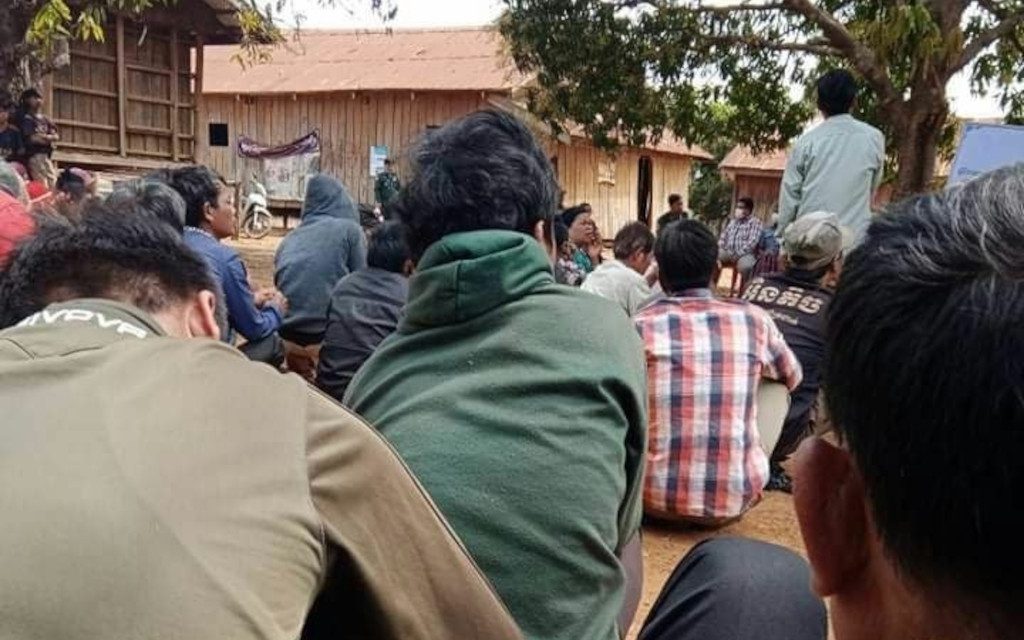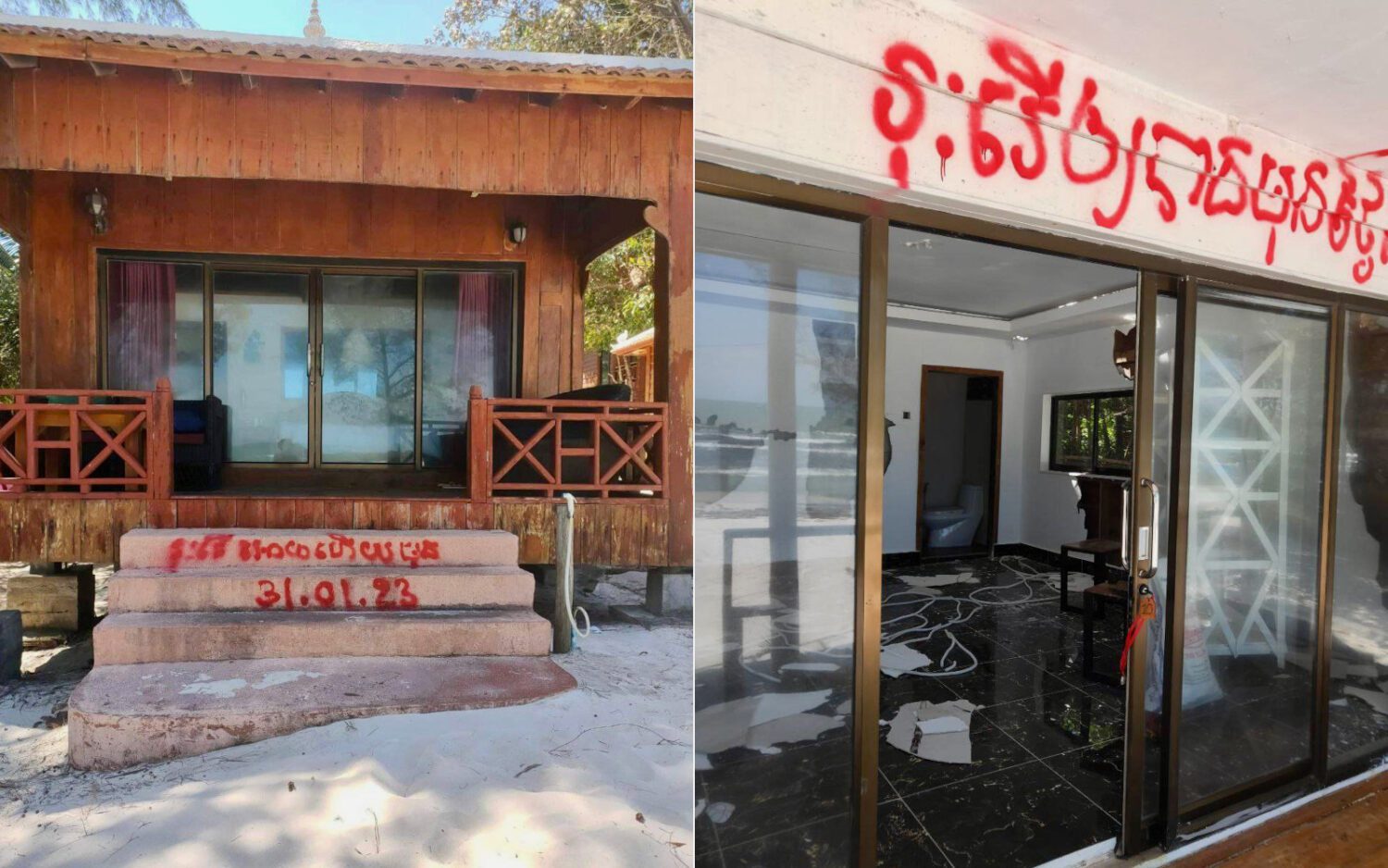Nine Tampoun villagers are facing an imminent court verdict over allegedly stealing wood from a Chinese concessionaire with which Ratanakiri communities have been locked in an escalating dispute.
Residents filed three lawsuits against the company last year; seized a company tractor from the disputed land last month; and more recently began talking of unilaterally building a fence around the plot.
The director of the company, Chuang Li Investment, declined to comment on the record, saying he did not want to raise the profile of the dispute as it could lead to repercussions for local residents.
Local officials said they had been trying for a decade to convince the indigenous residents they had no claim to the land.
But the residents said they believed the land was theirs — part of their ancestral heritage and earmarked for their use by a governmental decree — and would press ahead with their claims.
Chuang Li received 1,900 hectares as an economic land concession in 2010, though 116 hectares of that were carved out for local families cultivating that area in 2013. The concession was further reduced in 2014, and a local official previously said the company had only about 200 hectares left.
However, residents argue that about 969 hectares of farmland is still in dispute.
Den Dy, a Chuang Li supervisor in the area, said the company had planted cashew and rubber in one disputed plot, but villagers had cleared the area to grow cassava.
“We had big cashew trees in, but they said it was their ancestors’ land,” Dy said.
Sev Vi, a local resident, said the company bulldozed the cassava crops last month. In response, a group of villagers took the company’s tractor and are keeping it in their community hall, Vi said.
Ratanakiri provincial agriculture department director Soy Sona said the residents’ action to seize the tractor was clearly illegal, but the governor had decided that trying to talk with them was better than pursuing court prosecution.
Instead, nine villagers are facing court action over another issue. Last year, a community bridge was damaged by rain, so some residents took some unused timber from Chuang Li’s concession for repairs.
Resident Rojom Boluern said company staff had told them at the time that they could take the wood. But the residents have since been charged with theft and have faced trial at the Ratanakiri Provincial Court.
A court document dated August 17 says a verdict will be issued in two weeks, on September 5.
On Wednesday this week, about 400 villagers gathered in Malik commune to discuss the lawsuit against the nine residents, Boluern said.
At the community meeting, residents proposed building a fence around the land they believed belonged to the community and not the company, he said.
Taing Chhun Ty, the director of Chuang Li, declined to comment on the record. However, Sona, the agriculture director, said the administration view was that the land was the company’s.
“We have to understand the Land Law. We cannot claim it as ancestral land — [the company’s] cultivation has been in place. It is theirs. We cannot abuse it like that,” Sona said.
He added that the villagers were demanding compensation from the company, but this was not possible and the officials could only try to explain the law to them.













